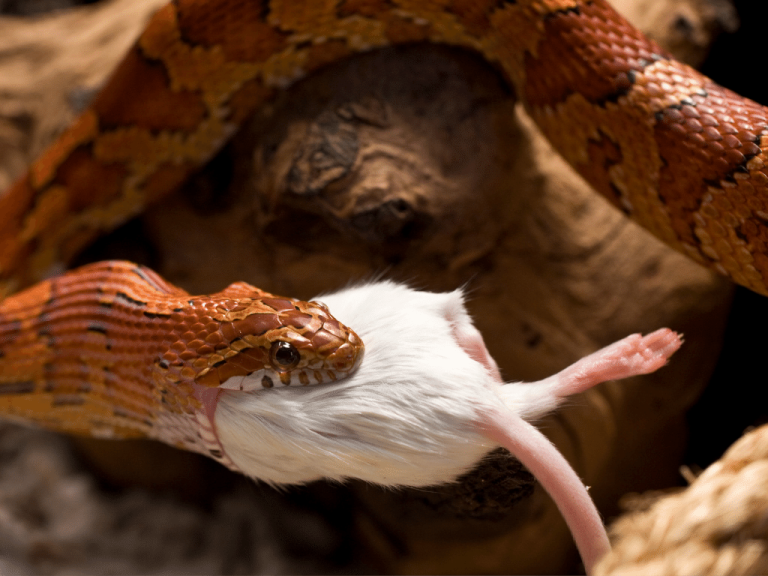In the fable of “The Snake Trying to Eat an Elephant”, it’s clear that the snake’s ambition exceeds its capacity. While it cannot swallow an elephant, it’s well-known that snakes can ingest animals much larger than their own heads. Experts have observed pit vipers swallowing birds ten times larger than their heads, and tropical pythons are reputed to consume entire pigs. Other animals attempting to ingest something even half the size of their heads would fail, but snakes possess this remarkable ability. How?
Consider a pair of tongs used for stoking fires. You cannot open their “mouth” wide enough to create a 180° angle. However, if you dismantle the tongs into two separate pieces, add a support in the middle, and attach some rubber bands between the two parts, you can indeed achieve a 180° angle or more.
This is analogous to how animals’ mouths function. Unlike our mouths, which have bone connections limiting how wide we can open them, snakes have ligaments between their jawbones that allow for considerable flexibility. This flexibility enables them to swallow large prey.
Despite the ingenuity of a snake’s mouth structure, it undergoes some processing before ingestion. The snake tightly coils and compresses its prey into a long shape, aided by its hooked teeth, before swallowing. Since snakes lack a sternum to connect their rib bones, the prey slides straight into their expandable “rubber bag” stomachs. Additionally, snakes secrete copious amounts of saliva, acting as a natural lubricant during the swallowing process.

